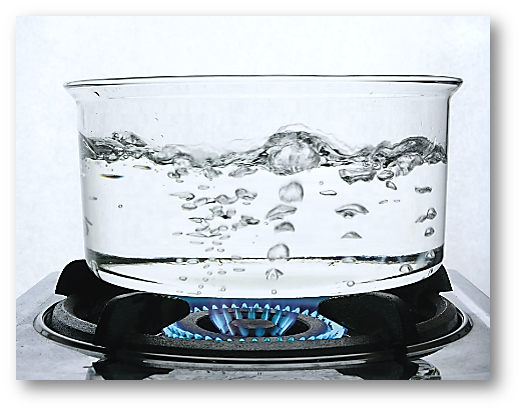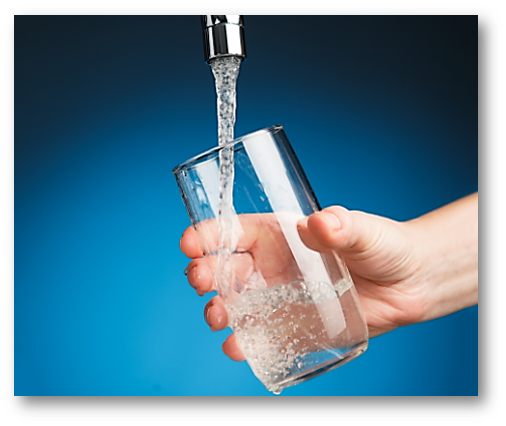WATER AND CONTAMINATION!!
CONTAMINATIONS refers to the presence of harmful substances or pollutants in water, which can make it unsafe for human consumption or use. Water safety is extremely important, as access to clean and safe water is essential for human health and well-being.
These contaminants can come from a variety of sources, including industrial waste, agricultural runoff, and sewage. Some common examples of water contaminants include bacteria, viruses, chemicals, and heavy metals. The effects of water contamination can range from minor health issues to serious illnesses and even death. To ensure safe drinking water, water treatment and testing facilities are used to remove or reduce contaminants, and regulations are in place to monitor and control water pollution.
SAFE AND UNSAFE WATER!!
Safe water is water that is free from harmful contaminants and is safe for human consumption and use. For water to be considered safe, it must meet certain standards set by regulatory agencies such as the Environmental Protection Agency (EPA) in the United States. These standards include limits on the levels of various contaminants, such as bacteria, viruses, chemicals, and heavy metals.
Unsafe water, on the other hand, is water that contains harmful contaminants and is not safe for human consumption or use. Unsafe water can come from a variety of sources, including industrial waste, agricultural runoff, and sewage. The presence of certain contaminants such as bacteria, viruses, chemicals, and heavy metals can make water unsafe and can cause a range of health problems if consumed.

To ensure safe water, regular water testing and treatment are essential. Water treatment facilities use various methods such as filtration, chlorination, and ozonation to remove or reduce contaminants, and regulations are in place to monitor and control water pollution.
WHAT IS THE MOST COMMON CONTAMINANT IN DRINKING WATER??

The most common contaminants found in drinking water can vary depending on the location and source of the water. However, some of the most common contaminants that are regularly found in drinking water include:
Microorganisms:
Bacteria and viruses, such as E. coli and coliform, can cause gastrointestinal illnesses if present in drinking water.
Disinfection By-products:
Chlorine and other disinfectants used to kill microorganisms can create by-products, such as trihalomethanes (THMs) and haloacetic acids (HAAs), which can increase the risk of cancer.
Inorganic compounds:
These include heavy metals such as lead, copper, and arsenic, which can cause serious health problems if consumed at high levels.
Organic compounds:
These include pesticides, herbicides, and volatile organic compounds (VOCs) that can come from industrial, agricultural, or natural sources.
Radionuclides:
These are radioactive substances that can occur naturally in the earth’s crust but can also come from human activities such as mining and oil and gas production.
It’s important to note that a single water source may have multiple contaminants, and the most common one can change over time. Therefore, regular water testing and treatment are necessary to ensure that drinking water is safe and free from harmful contaminants.
WHAT ARE THE FOUR TYPES OF WATER CONTAMINATION??
There are several types of water contamination, but some of the main categories include:
Biological contamination:
This refers to the presence of microorganisms, such as bacteria, viruses, and parasites, in water. These can cause illnesses if consumed.
Chemical contamination:
This refers to the presence of chemicals, such as pesticides, herbicides, and industrial pollutants, in water. These can be toxic and harmful to human health if consumed in large amounts.
Physical contamination:
This refers to the presence of solid particles, such as sediment and debris, in water. These can make water appear cloudy and can cause damage to water treatment equipment.
Radiological contamination:
This refers to the presence of radioactive materials, such as radium and uranium, in water. These can be harmful to human health if consumed in large amounts, and can also cause damage to water treatment equipment.
It’s important to note that some sources of contamination can cause multiple types of contamination, and water sources can be affected by multiple types of contamination simultaneously. Regular water testing and treatment are essential to ensure that drinking water is safe and free from harmful contaminants.
HOW DO BOIL A WATER FOR DRINKING??

Boiling is one of the most effective methods for making water safe to drink. Here are the steps to properly boil water for drinking:
- Start by filling a pot or kettle with water from a safe source. If the water is cloudy or contains visible particles, strain it through a clean cloth before boiling it.
- Place the pot or kettle on a stove or other heat source and turn the heat to high.
- Bring the water to a rolling boil for at least one minute. At altitudes above 5,000 feet (1,500 meters), water should be boiled for at least three minutes.
- Turn off the heat and let the water cool before pouring it into a clean container.
- Keep in mind that boiling water will kill most microorganisms, but it will not remove other contaminants such as heavy metals, chemicals, or dissolved solids. If you suspect that your water is contaminated with these or other harmful substances, it is best to consult with a water treatment professional or use a water filter or purification system.
It’s also important to note that boiling water will not remove the dissolved gases and minerals, which can affect the taste, color, and odor of the water. So, if you want to remove these elements, you can use a carbon filter before drinking or use other purification methods.
CAN BACTERIA GROW IN BOILED WATER??
Boiling water is an effective method for killing most microorganisms, including bacteria, viruses, and parasites. When water is brought to a rolling boil, the heat inactivates or kills these microorganisms, making the water safe to drink. However, it’s important to note that some heat-resistant bacteria, such as thermophilic bacteria, can survive at high temperatures and may not be killed by boiling.
Additionally, once the water has been boiled, it should be stored in a clean, covered container to prevent re-contamination. If the water is not stored properly, bacteria and other microorganisms can grow in the water.
It is also important to note that boiling water will not remove other contaminants such as heavy metals, chemicals, or dissolved solids. Therefore, if you suspect that your water is contaminated with these or other harmful substances, it is best to consult with a water treatment professional or use a water filter or purification system.
If you are uncertain about the quality of the water, it is recommended to test it first before boiling it.
WATER SAFETY IS IMPORTANT!!!

Water safety is extremely important, as access to clean and safe water is essential for human health and well-being. Contaminated water can cause a range of illnesses, including gastrointestinal issues, skin infections, and even serious diseases such as cholera and typhoid fever. In addition, contaminated water can also be harmful to the environment and the ecosystem.
To ensure water safety, regular water testing and treatment are essential. Water treatment facilities use various methods such as filtration, chlorination, and ozonation to remove or reduce contaminants, and regulations are in place to monitor and control water pollution.
Individuals can also take steps to ensure the safety of their water supply by using a water filter or purification system, properly storing and handling water, and being vigilant about potential sources of contamination.
It’s also important to note that water safety is not limited to drinking water, but also includes safe water for personal hygiene, irrigation, and other uses. Therefore, it is crucial to have a comprehensive approach to water safety to protect human and environmental health.
KEYWORDS: Water contamination, Safe drinking water, Water purification methods, Water treatment plants, Water pollution prevention, Waterborne illnesses, Water testing and analysis, Water safety regulations, Water conservation, Water filtration systems
REFERENCES:
https://apps.who.int/iris/bitstream/handle/10665/42890/WHO_SDE_WSH_05.06_eng.pdf
https://pubs.acs.org/doi/pdf/10.1021/es300372h


Pingback: URINE COLOR - DESCRIBES HEALTH STATUS!! - Life Biologs